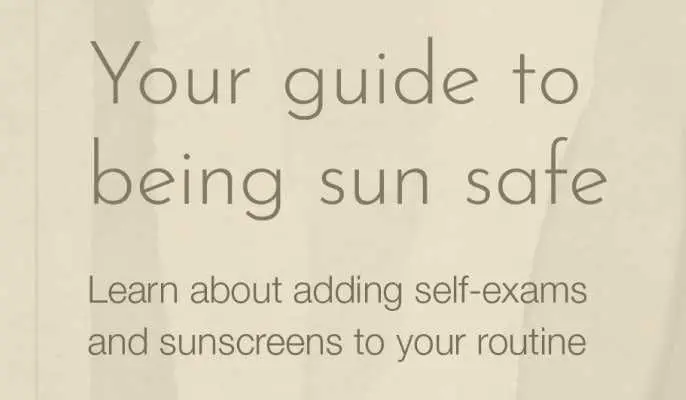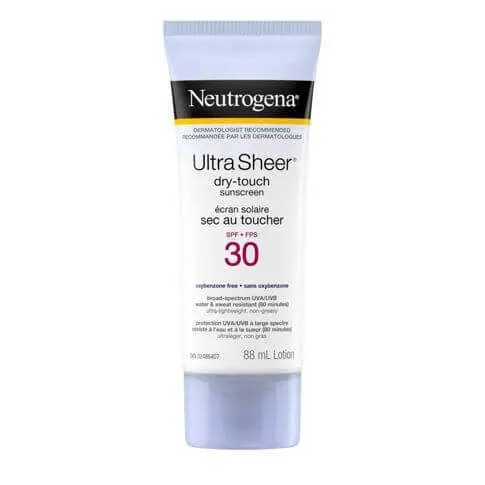Helioplex® Broad Spectrum UVA-UVB
Powerful broad spectrum UVA-UVB protection
All sunscreens are not created equal.
SPF (Sun Protection Factor) measures how well sunscreens protect skin from sunburn, which is caused primarily by UVB rays. SPF does not adequately measure how well a sunscreen protects from UVA rays. UVA rays persist year-round and can lead to signs of premature skin aging, including fine lines, deep wrinkles and uneven skin tone. It is important to select a sunscreen that has broad spectrum (UVA/UVB) protection. However, in some sunscreens, UVA protection begins to break down the moment your skin is exposed to the sun.
The science behind Helioplex® technology
Avobenzone is one of the best UVA sunscreen ingredients approved by Health Canada, but it is highly unstable when exposed to sunlight. Neutrogena® was among the first in market to introduce sun protection in which Avobenzone was stabilized using Oxybenzone and DEHN, providing effective protection from harmful UVA rays. This breakthrough technology was called Helioplex®.
With time, and as science has progressed, the Helioplex® name has come to encompass additional technologies and ingredients beyond DEHN while continuing to provide the same benefits of stabilized sun protection.
Today Helioplex® represents a breadth of stabilized sunscreen technologies that deliver effective protection from the sun. When you choose a sunscreen with the name Helioplex®, you can be certain that you are using one that was specifically engineered to deliver effective UV protection that is broad spectrum and photostable.
It is important to select a sunscreen that has broad spectrum (UVA/UVB) protection since both harm your skin. Here’s why:
UVB Rays
Penetrate the outer layer of skin, causing damage to skin cells
Are the primary cause of sunburn
May be directly linked to skin cancer
UVA Rays
Can pass through window glass and penetrate deep into the layers of the skin
Contribute to premature signs of aging, including fine lines and wrinkles
Too much exposure can play a part in the formation of skin cancer







